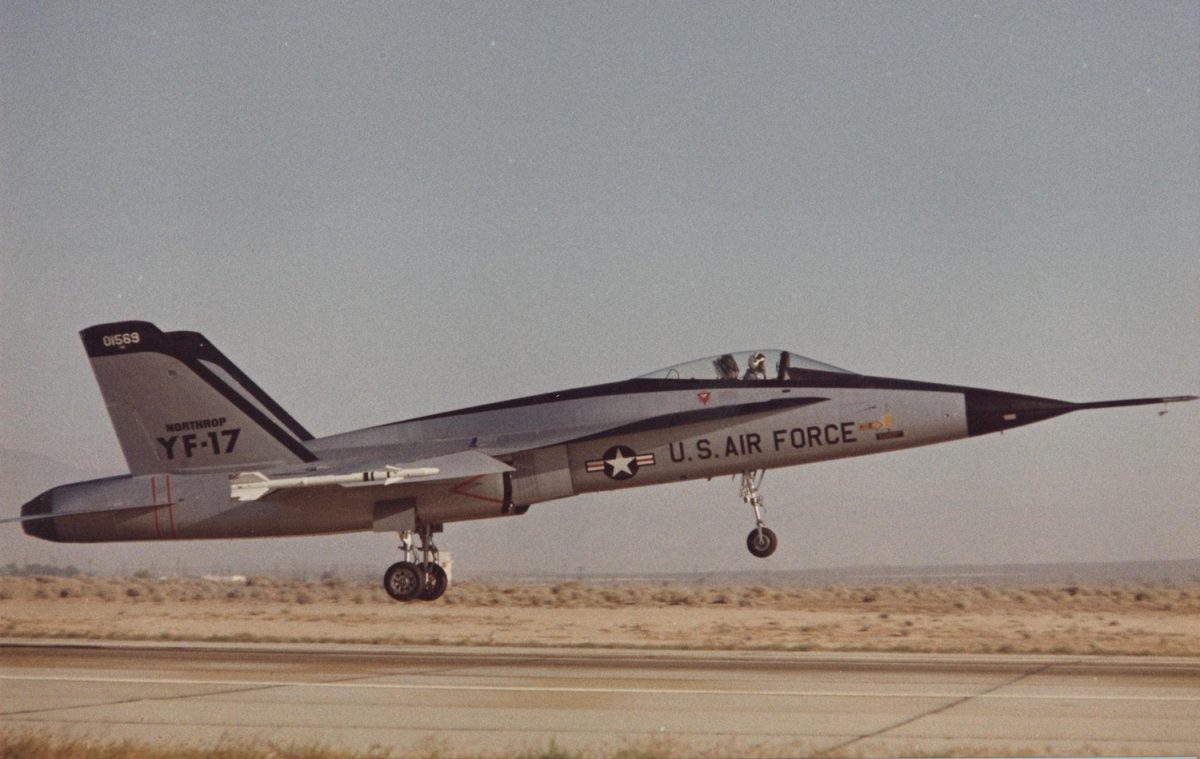
The YF-17 lifts off from the runway at Edwards AFB for its first flight on 9 June, 1974. Photo: USAF.
It’s nearly three years since the Royal Australian Air Force’s arguably best-ever combat aircraft, the Boeing (nee McDonnell Douglas) F/A-18A Hornet, was retired from service.
For more than three decades, the RAAF’s much-loved Hornet provided air combat and strike capabilities on a par with or better than any regional peer adversary, and took Australian pilots into war twice, in 2003 and from 2015.
The Hornet entered service with the US Navy in 1980 and with the RAAF from 1985. However, it can trace its origins even further back to the US Air Force Light-Weight Fighter (LWF) competition of the early 1970s, and a first-flight milestone that occurred 50 years ago last week.
As the name suggests, the LWF was designed to provide an affordable high-performance combat aircraft with a primary focus being on air defence. General Dynamics pitched its YF-16 concept, while Northrop offered its YF-17.
Both General Dynamics and Northrop received contracts to build two examples of their LWF concepts. The YF-16 flew first, taking to the air on 20 January 1974, with the YF-17 following nearly five months later, on 9 June.
The YF-16 was a sleek single-engine design that was fast and highly manoeuvrable, and utilised the same Pratt & Whitney F100 engine as the larger McDonnell Douglas F-15A, which was entering USAF service at the time.
By comparison, the larger YF-17 had two engines and a trapezoid wing with leading-edge wing root extensions (LERX), which also gave it great manoeuvrability, particularly at high angles of attack.
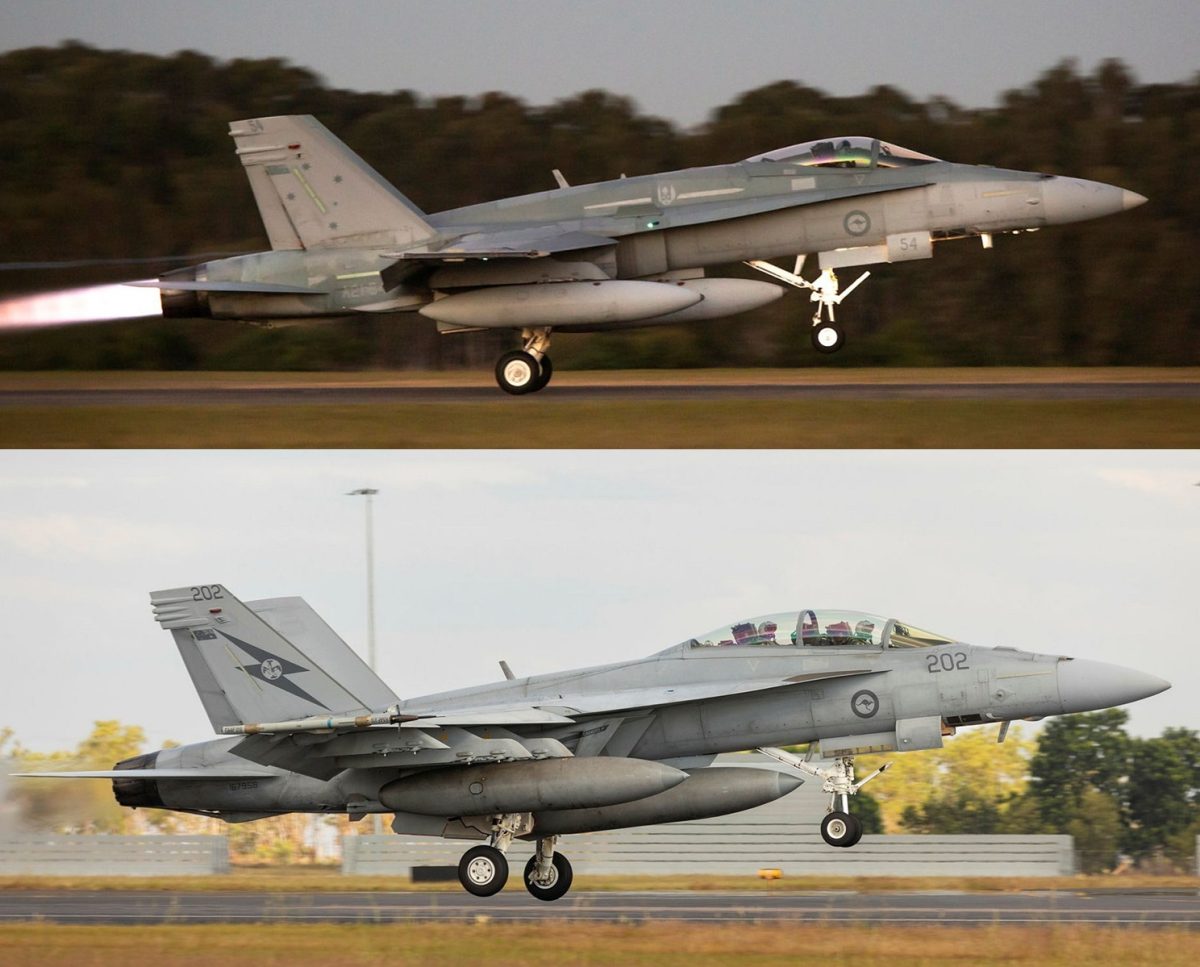
A side-on comparison of RAAF Classic (top) and Super Hornets. Compared with the YF-17 image at the top of the page, the resemblance and lineage can be clearly seen. Photos: ADF.
Both aircraft performed well during the subsequent flyoff, but the YF-16 prevailed and went on to be built in the thousands for the USAF and many European and Asian customers, and is still in production today as the advanced F-16V.
The YF-17 was subsequently offered to the US Navy for its Navy Air Combat Fighter (NACF) requirement to replace its A-4 Skyhawk, A-7 Corsair II, and F-4 Phantom II fleets. For NACF, McDonnell Douglas partnered with Northrop to develop the YF-17 for aircraft carrier operations.
Because of the large number of modifications required for the rigours of carrier operations, this meant few components from the YF-17 prototype remained, so the naval variant was subsequently dubbed the F-18A (and later, the F/A-18A).
Meanwhile, Northrop went it alone to offer the original YF-17 to several nations, including Australia, Canada, France, Italy and others as the rebadged F-18L Cobra. But the F-18L gained little interest, with most customers ordering the naval F/A-18 for land-based operations knowing there would be a large support and spares system they could leverage.
The first F-18A made its maiden flight in 1978, and versions of what is now known as the ‘’Classic’’ Hornet covering the A, B, C and D models of the F/A-18 were built through 1993 and have served with the US Navy, US Marine Corps, Canada, Spain, Switzerland, Finland, Kuwait, Malaysia and Australia.
By the early 1990s, and following the failure of a couple of new combat aircraft programs, the US Navy looked to a significantly updated version of the F/A-18.
Boeing had previously proposed new versions of the Hornet, and was able to cleverly sell the concept of a new F/A-18 model to the Pentagon as an engineering change proposal (ECP) rather than have to go through a clean-sheet development process. Thus, the Super Hornet was born.
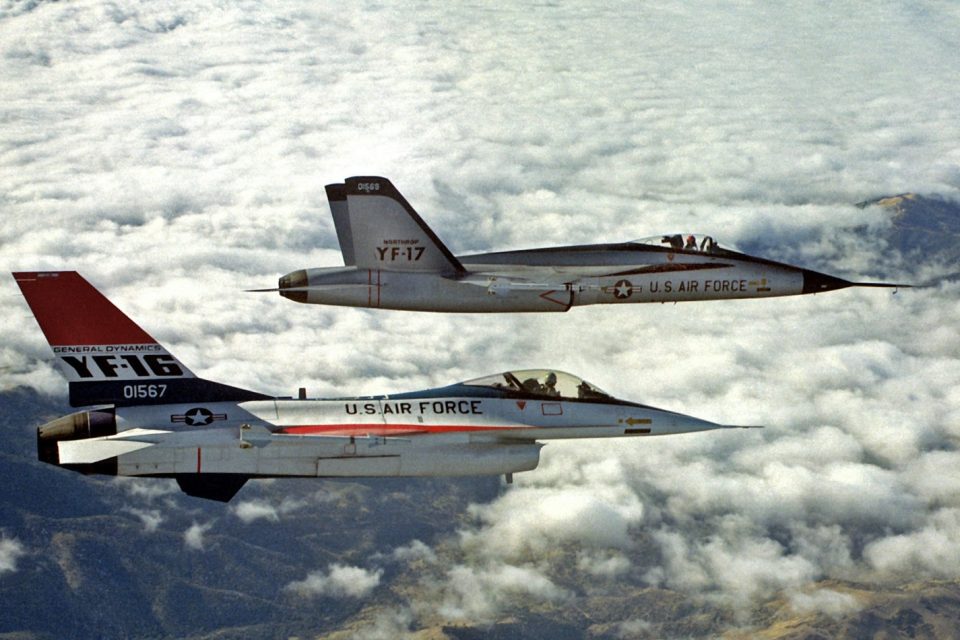
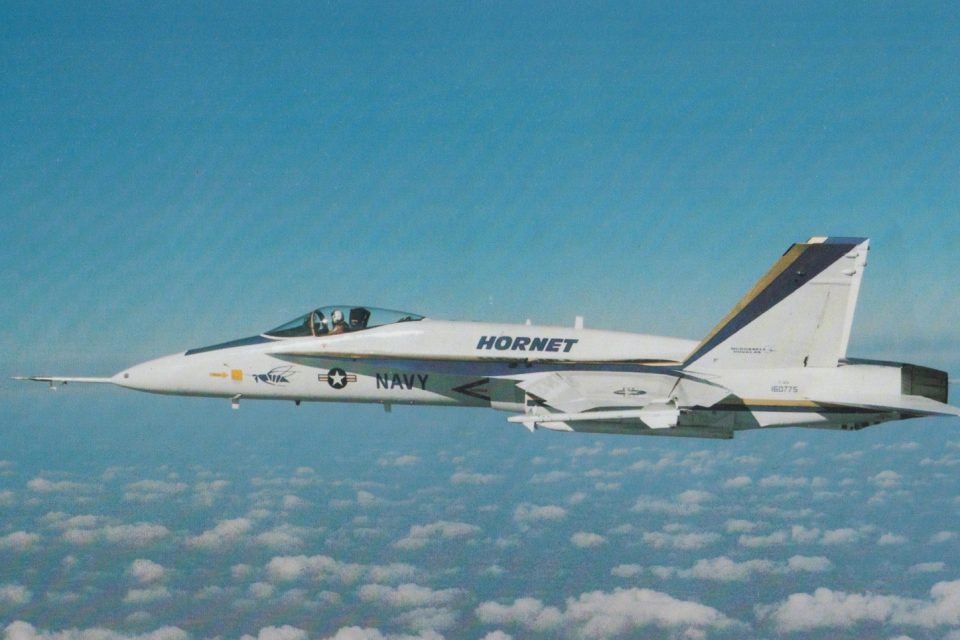
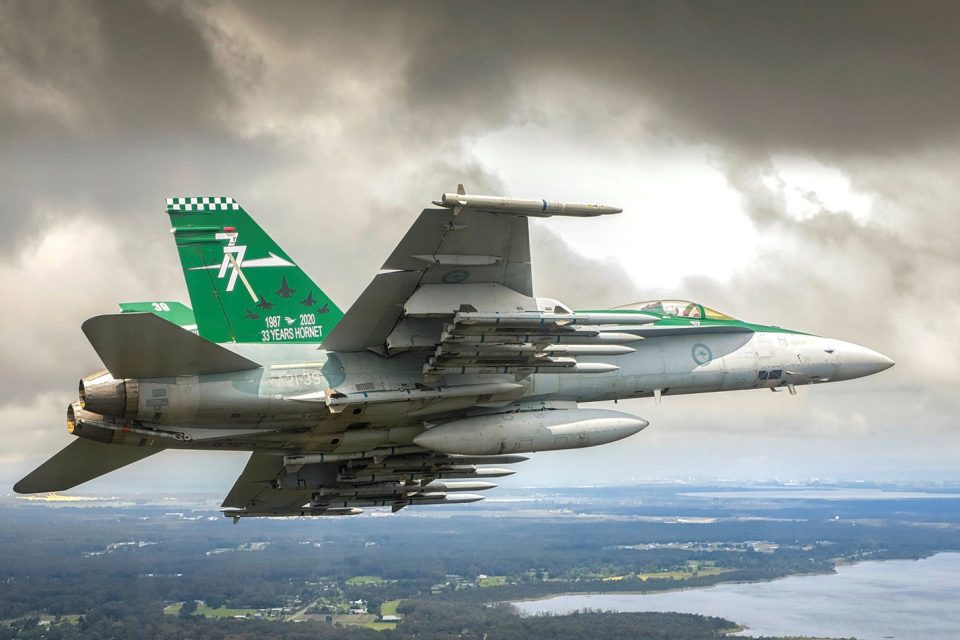
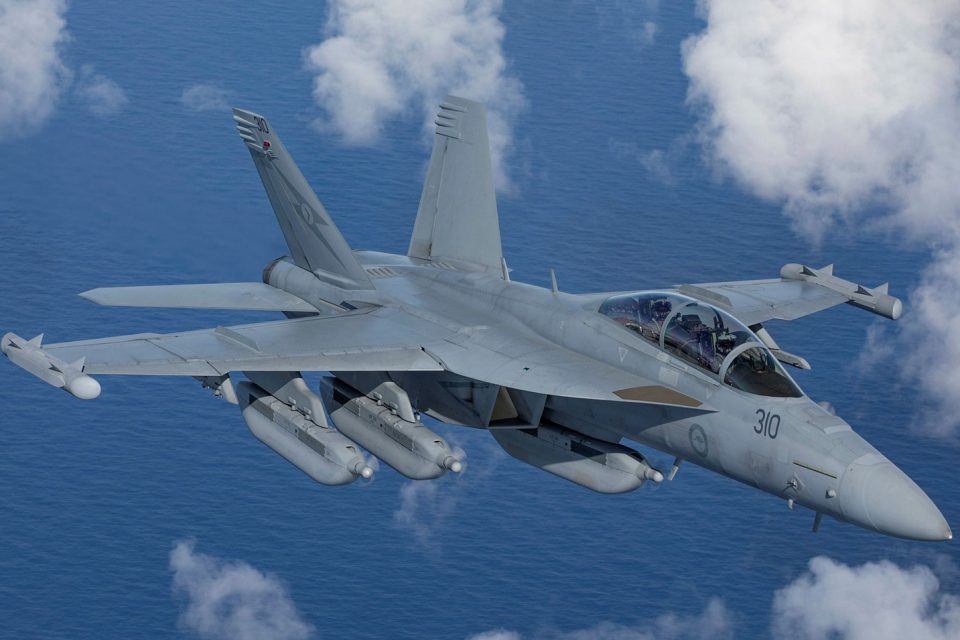
The Super Hornet is about 25 per cent larger and heavier, and shares no common structural components with the F/A-18C Classic Hornet despite their outward similarities. The most visible difference is the Super’s squared-off engine intakes compared with the Classic’s rounded intakes, and only a few things, such as the ejection seats, some avionics, and initially, the radar, came across from the older model.
But what McDonnell Douglas and then Boeing cleverly did was to design the Super using the same philosophy as the Classic, meaning most of the major components, maintenance panels, sensors, hydraulics and other systems were in the same place as in the Classic. This meant maintenance staff who had worked on the Classic could make an easy transition to the Super.
Similarly, pilots described flying the Super as much like flying a heavy Classic, so again, the conversion of a Classic pilot to the Super was a straightforward one.
The US Navy is the main operator with more than 500 Super Hornets, but Australia also bought 24 two-seat F/A-18Fs in 2007 to replace its F-111C strike aircraft, and Kuwait has also bought the jet.
Another derivative of the Super Hornet is the EA-18G Growler, a version dedicated to the electronic attack mission. Instead of employing kinetic weapons, the Growler can use electronic pods to disrupt or jam an adversary’s radar and communications systems, although it still can destroy these using radar-homing missiles if required.
Original Article published by Andrew McLaughlin on Riotact.









